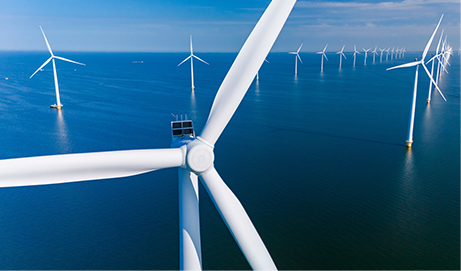 Landslide Monitoring and Early Warning Product
Landslide Monitoring and Early Warning Product
Utilizes various sensors (such as slope radar, GNSS displacement monitoring devices, etc.) to conduct real-time monitoring of mountains and slopes, collecting data on displacement, cracks, tilt, and more. Through data analysis, it assesses slope stability and provides early warning information.
 Tropical CycloneMonitoring and Early Warning Product
Tropical CycloneMonitoring and Early Warning Product
The tropical cyclone (typhoon) monitoring and early warning system integrates multi-source data such as meteorological satellites, radar, and ground observation stations to monitor the typhoon’s location, intensity, and movement path in real time. It uses artificial intelligence and big data technologies for high-precision forecasting, providing typhoon warning signals and defence guidance.�
 Greenhouse Gas Emission Monitoring and Assessment Product
Greenhouse Gas Emission Monitoring and Assessment Product
Greenhouse gas emission monitoring and assessment involves comprehensive observation, numerical simulation, and statistical analysis to systematically monitor the emission intensity and environmental concentration of greenhouse gases such as carbon dioxide (CO₂) and methane (CH₄). It provides data support for carbon peaking and carbon neutrality goals. The main monitoring targets include emission sources from energy activities and industrial processes, as well as carbon emission dynamics in the atmosphere, ocean, and terrestrial ecosystems.
 Carbon Credit Digital Monitoring and Verification Report Product
Carbon Credit Digital Monitoring and Verification Report Product
The carbon sink and carbon credit precise quantification model is a tool that uses multi-source data and advanced algorithms to accurately calculate the carbon sequestration benefits of ecosystems and carbon credit projects. The model aims to quantify the additionality, permanence, and social benefits of carbon removal, providing scientific support for carbon trading, ecological compensation, and ensuring fairness and transparency in carbon market mechanisms.










